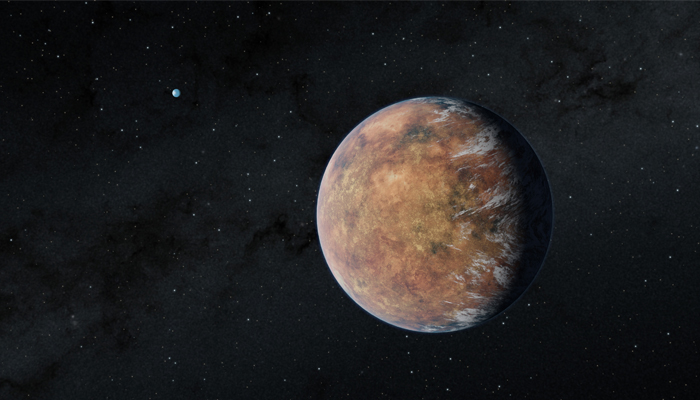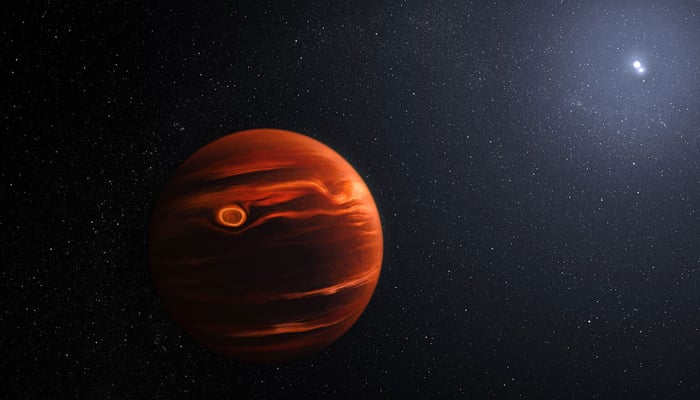Astronomers claim to discover new planet in our solar system
"It is plausible that a primordial planetary body could survive in the distant Kuiper Belt," researchers write
September 06, 2023

Researchers have claimed that they have discovered a new Earth-size planet residing in the Kuiper Belt just behind Neptune, estimating it to be bigger than previously anticipated by earlier researchers.
Research on the Kuiper Belt — named after the Dutch-American astronomer Gerard Kuiper, who proposed its existence in 1951 — published in the Astronomical Journal indicated the presence of an object with "peculiar" properties — such as gravitational influence over other objects — that suggest its planetary status.
This was dubbed as "Planet Nine".
The Kuiper belt is a doughnut-shaped ring of icy objects that were left behind from the creation of the sun's planets billions of years ago. The scientists could not reach it because of its remote distance.
However, in a recent report, scientists wrote: "We predict the existence of an Earth-like planet. It is plausible that a primordial planetary body could survive in the distant Kuiper Belt as a Kuiper Belt planet, as many such bodies existed in the early solar system."

Earlier researchers have also indicated that there was an earth-like planet lurking at the end of our solar system, however, scientists have this time put forth that there is a more massive body than earlier anticipated, at a much shorter distance from our planet.
If scientists are right, this new planet’s mass would be about 1.5 to 3 times that of Earth, at 500 times the distance between our home and the sun.
In July, scientists anticipated that there might be Jupiter and Uranus-sized planets hidden at the edge of our solar system.
Scientists are predicting that the planet may be much farther than the planet X — those planets that live beyond Neptune.
Researchers said that such a planet may be trapped in the Oort Cloud — a shell theorised by astronomers marking the border of the gravitation of the sun and associated satellites.
According to the experts, there could be more interstellar objects on this edge of the Solar System than earlier thought.
With the help of complex computer simulations, scientists assessed how solar systems tend to throw off large planets, and also how a planetary system could catch one such planet.
Astronomers said: "This is more likely to happen when such a planet drifts close to a star system's outer edge Oort cloud."
Researchers estimated that "one in every 200-3000 stars could host an Oort cloud planet."
"If the Solar System’s dynamical instability happened after birth cluster dissolution, there is an about 7% chance that an ice giant was captured in the Sun’s Oort cloud," scientists wrote in the study.
In research of 2020, a ninth planet was hypothesised by experts, positioned much more centrally within our system before Jupiter pushed it.
Most people consider Pluto as the ninth planet however, it was termed dwarf planet in 2006, when scientists began to realise how many planetary bodies exist much like it — with the likes of other TNOs.









